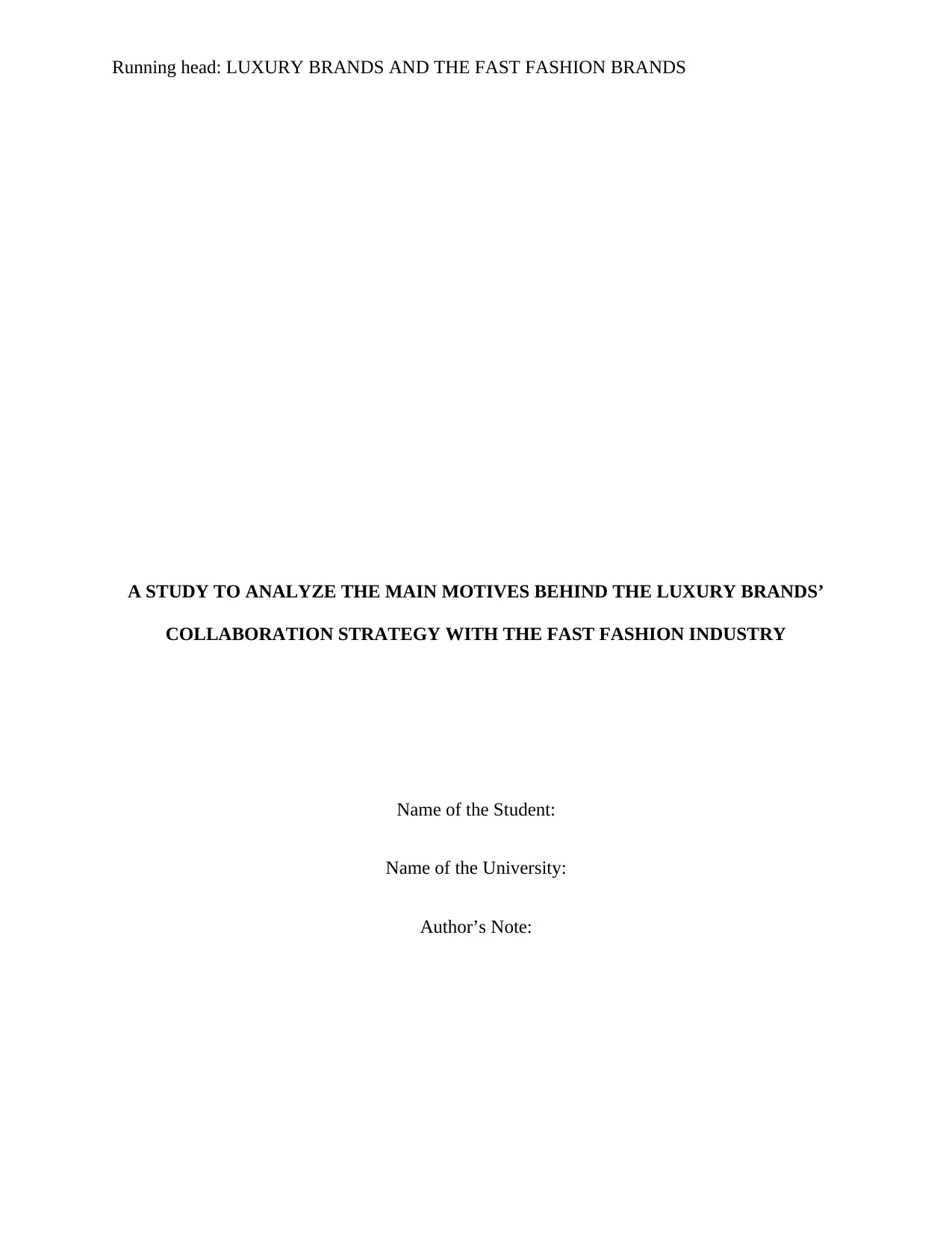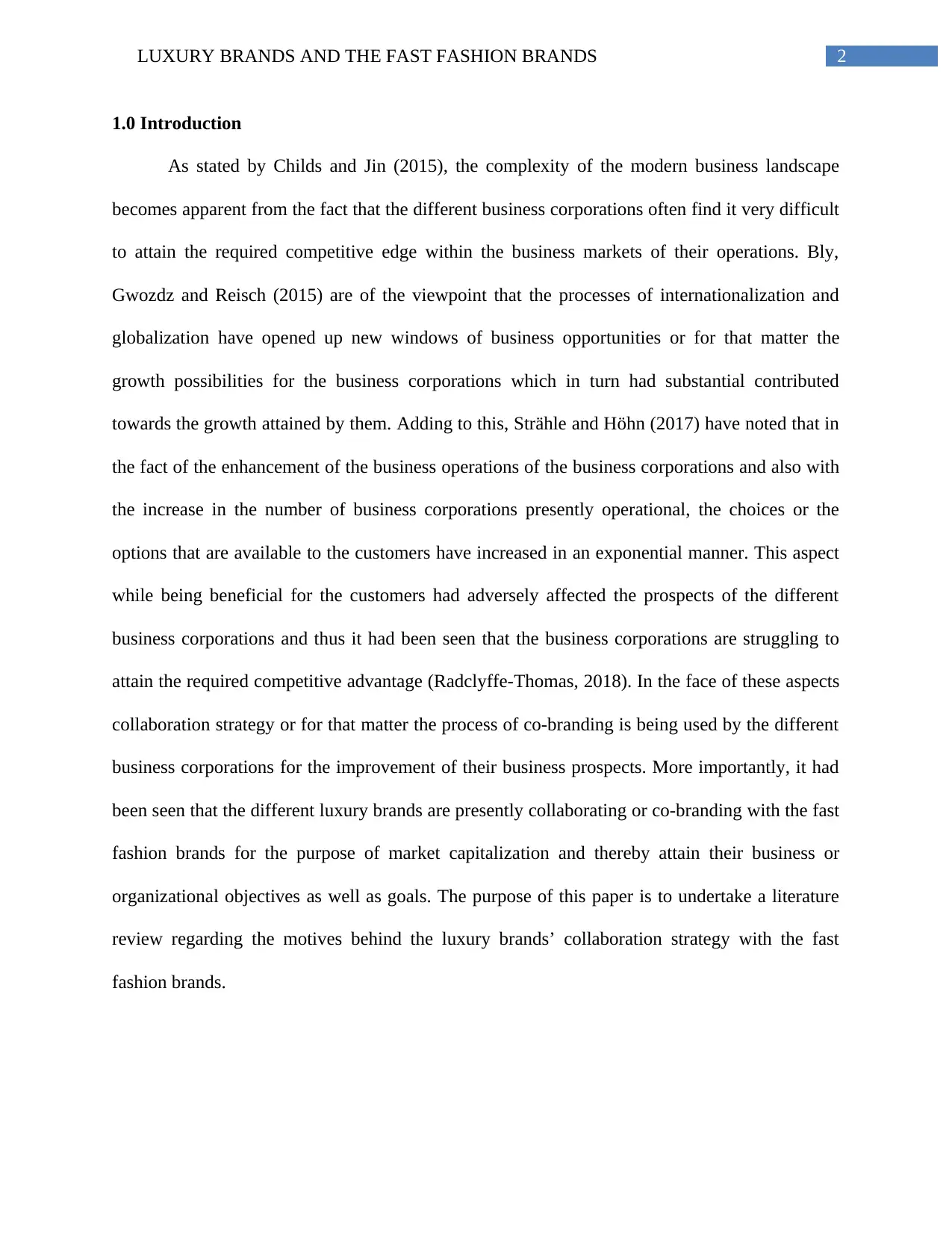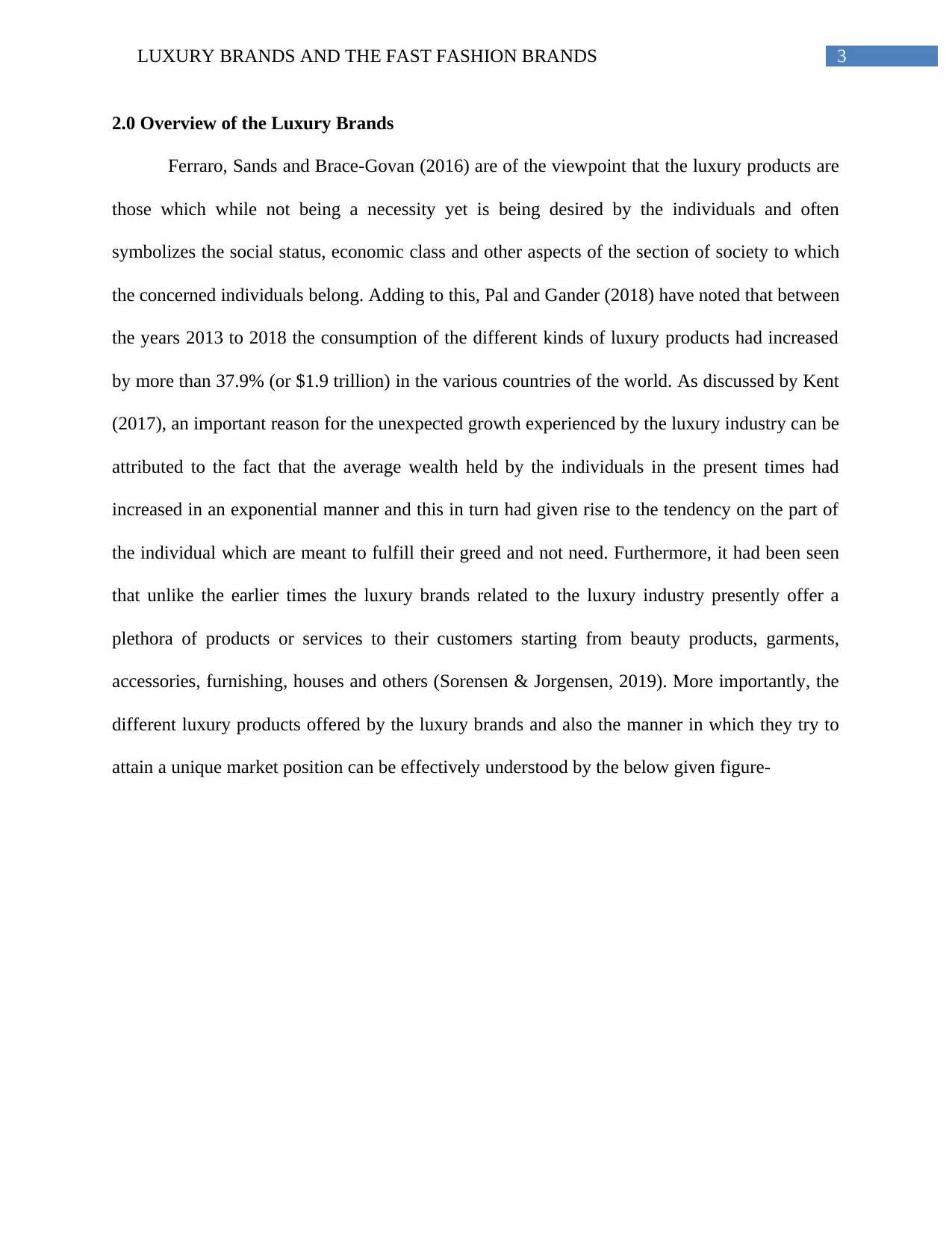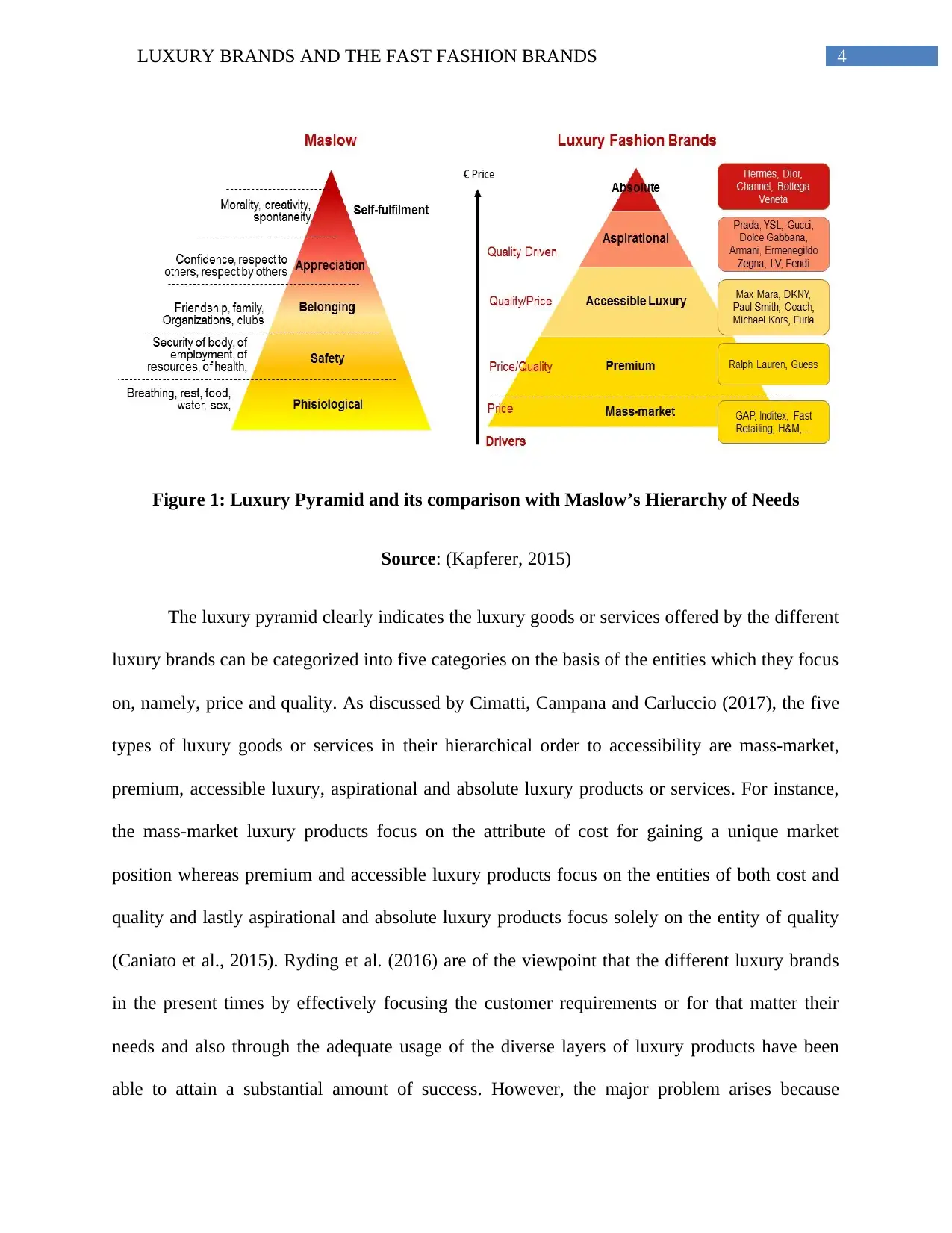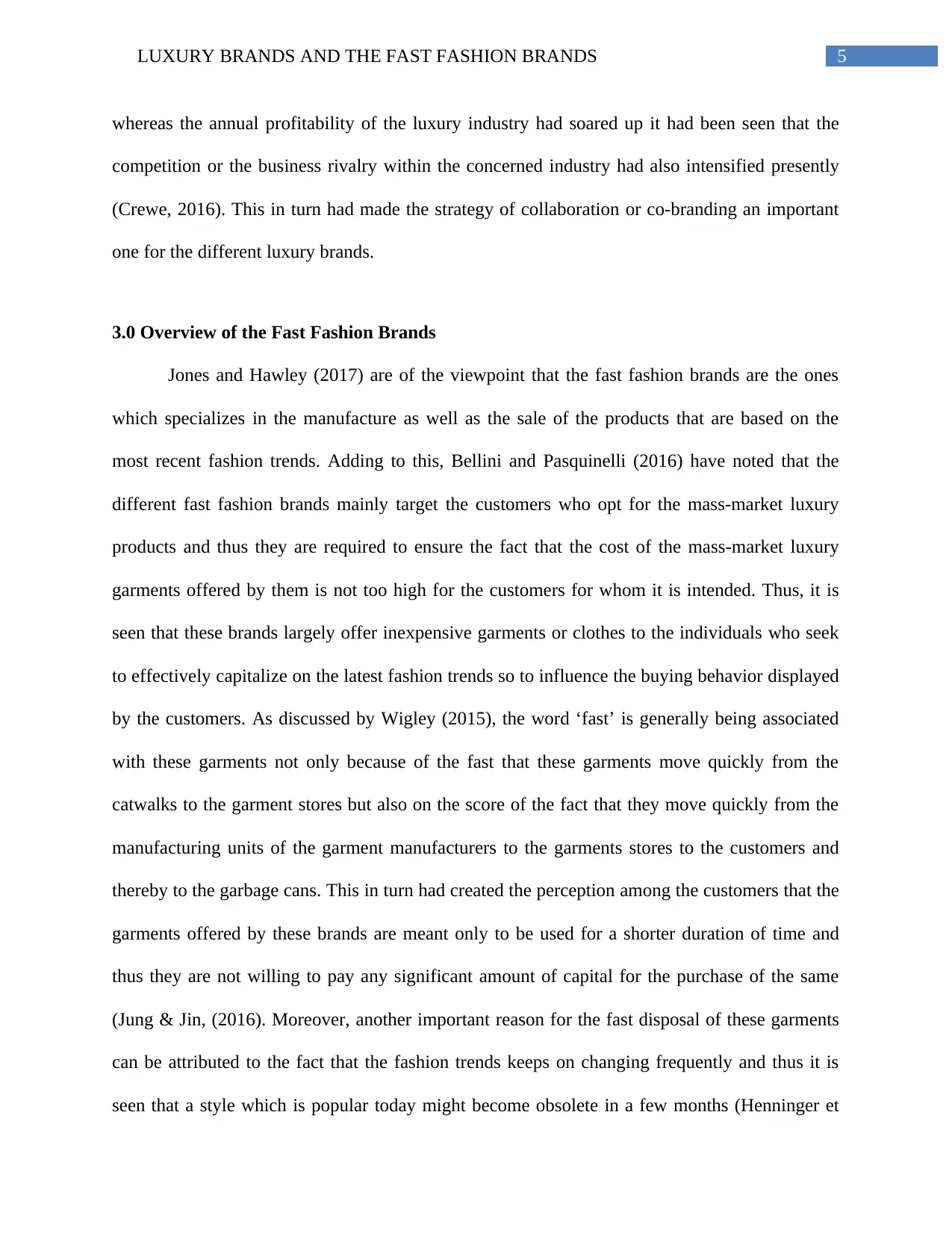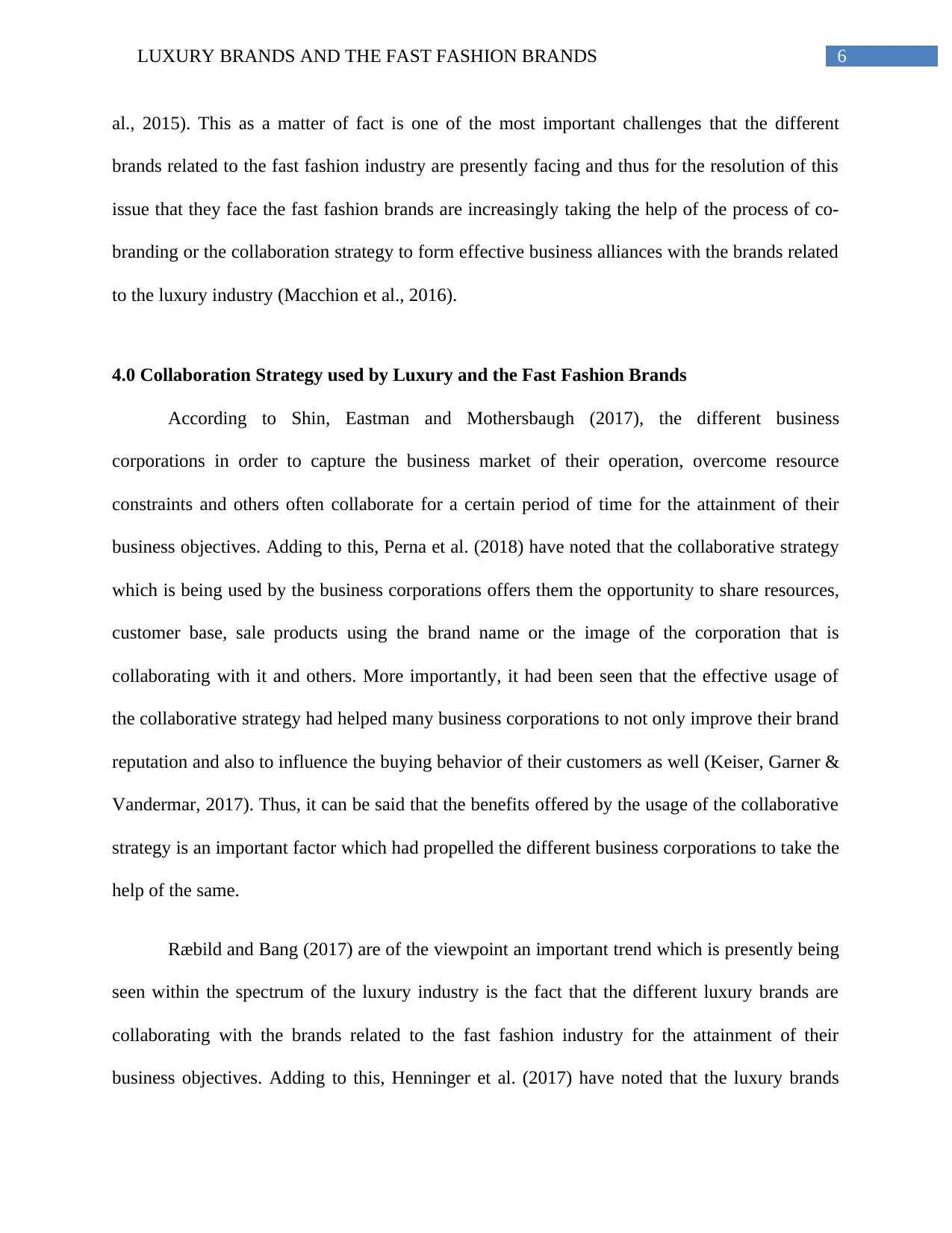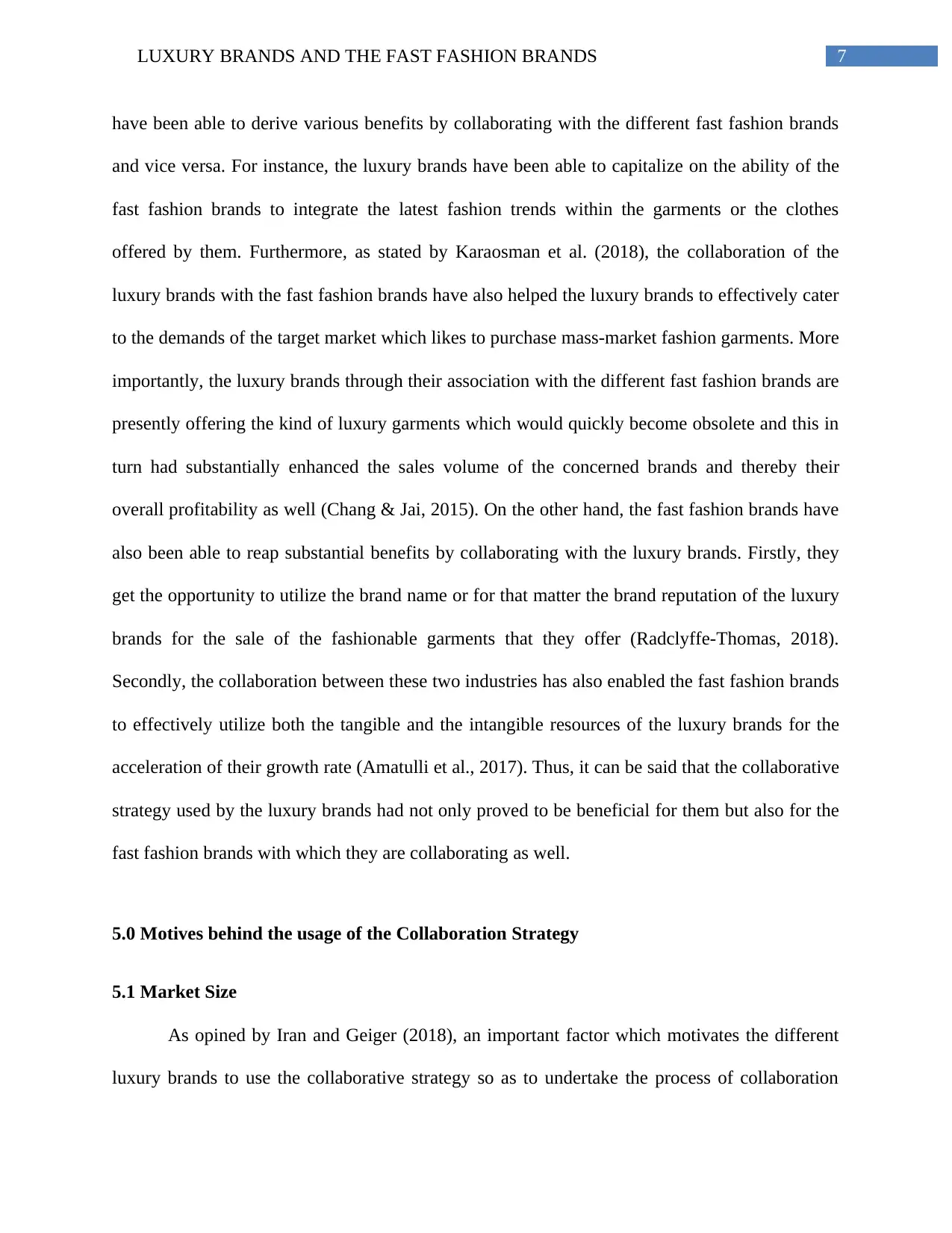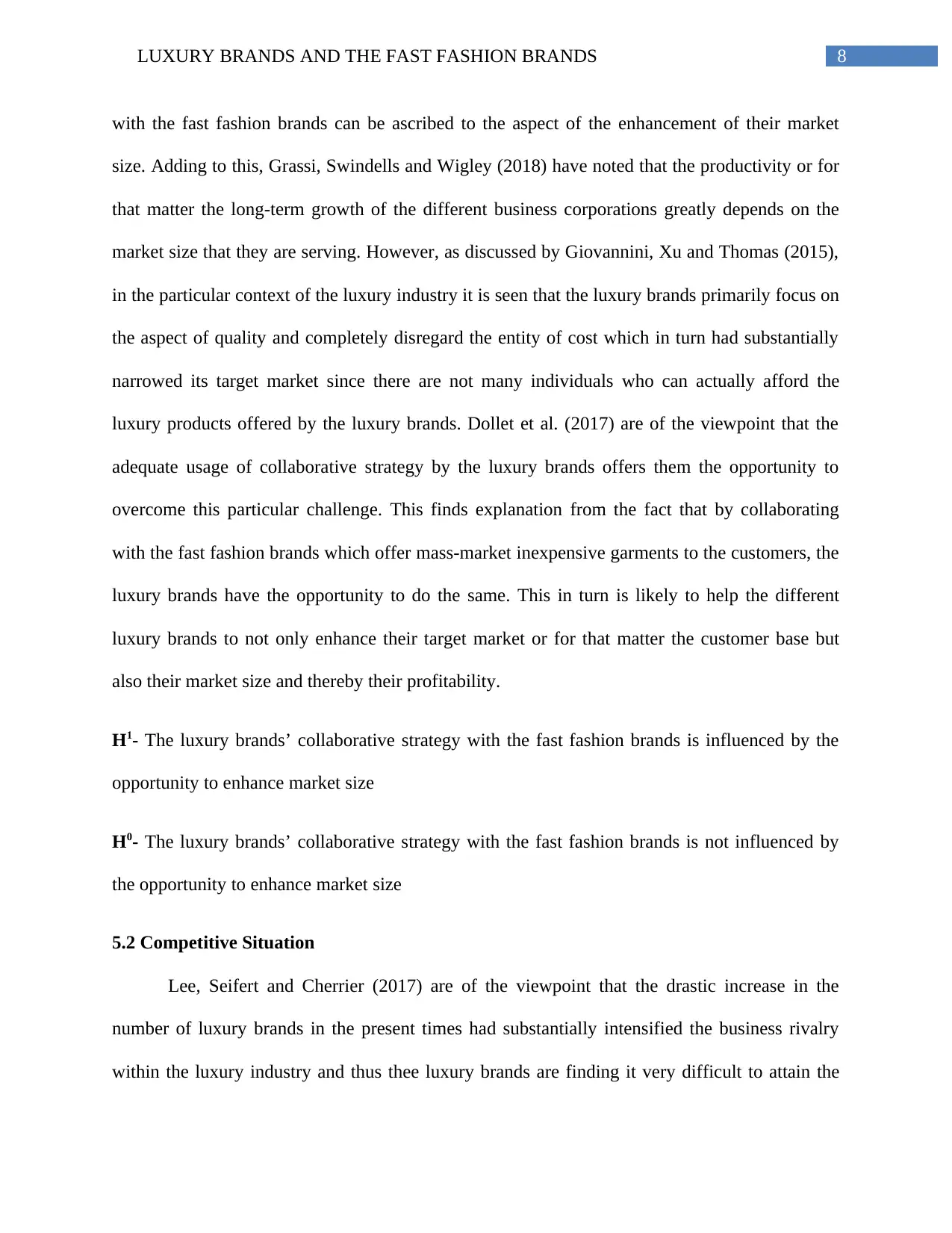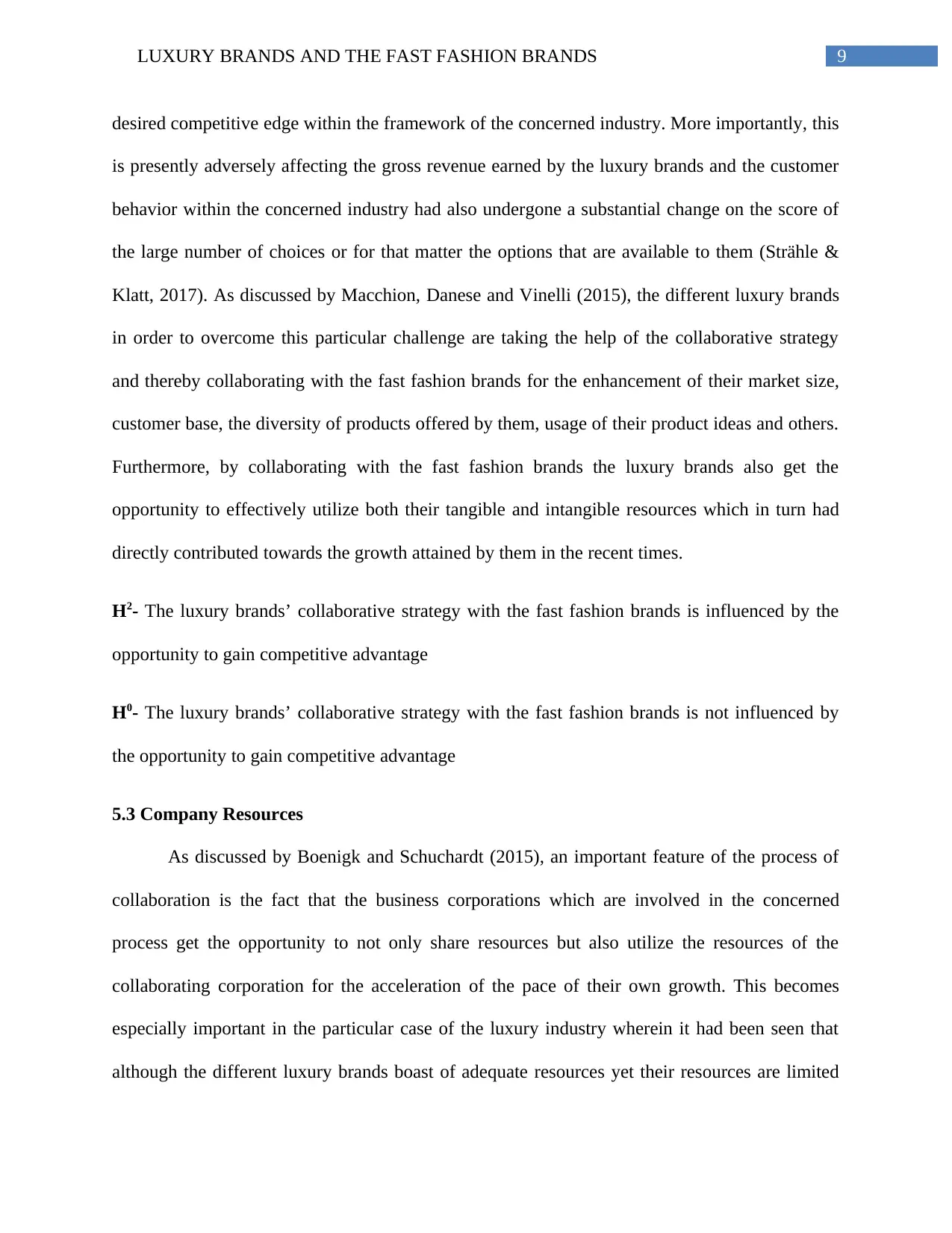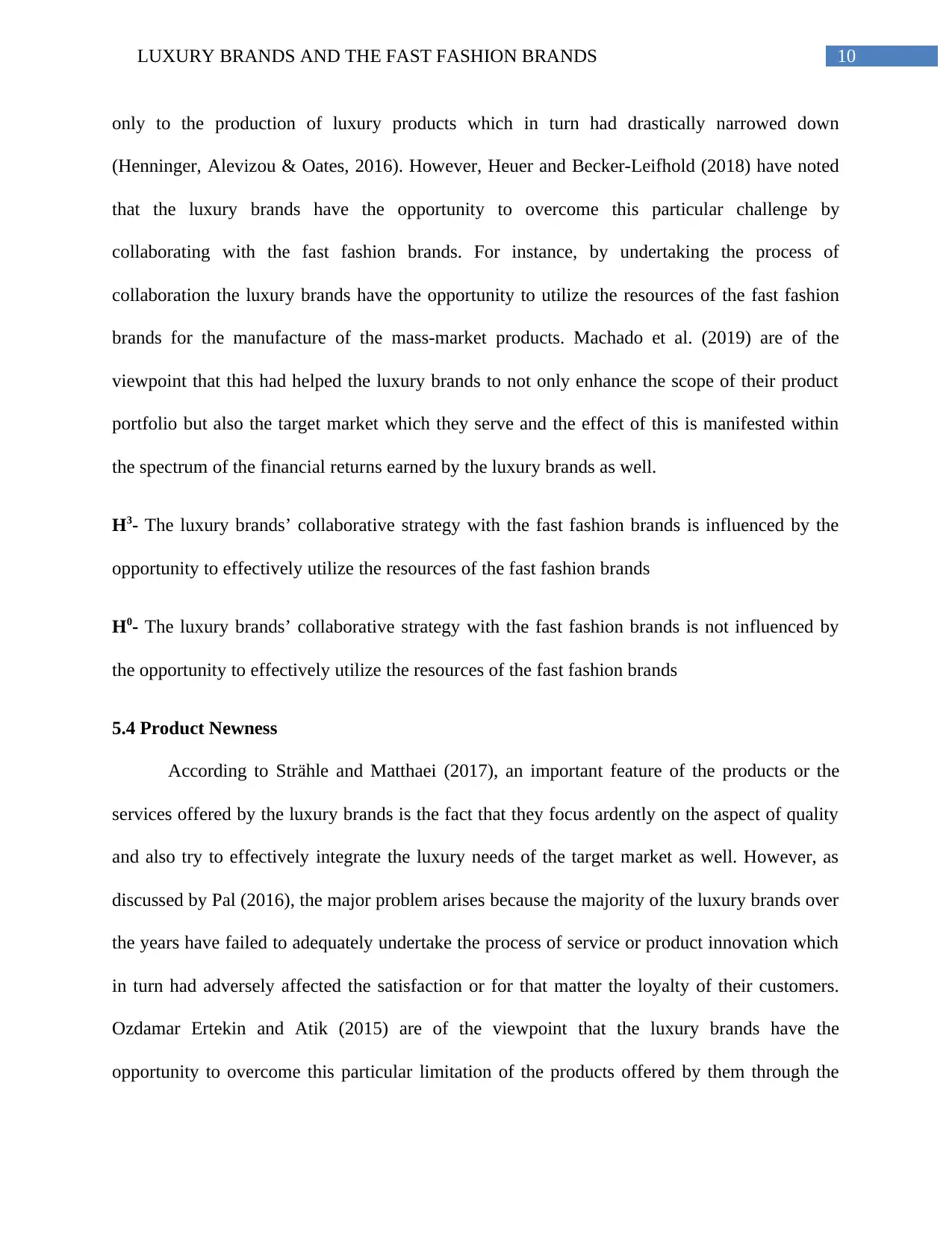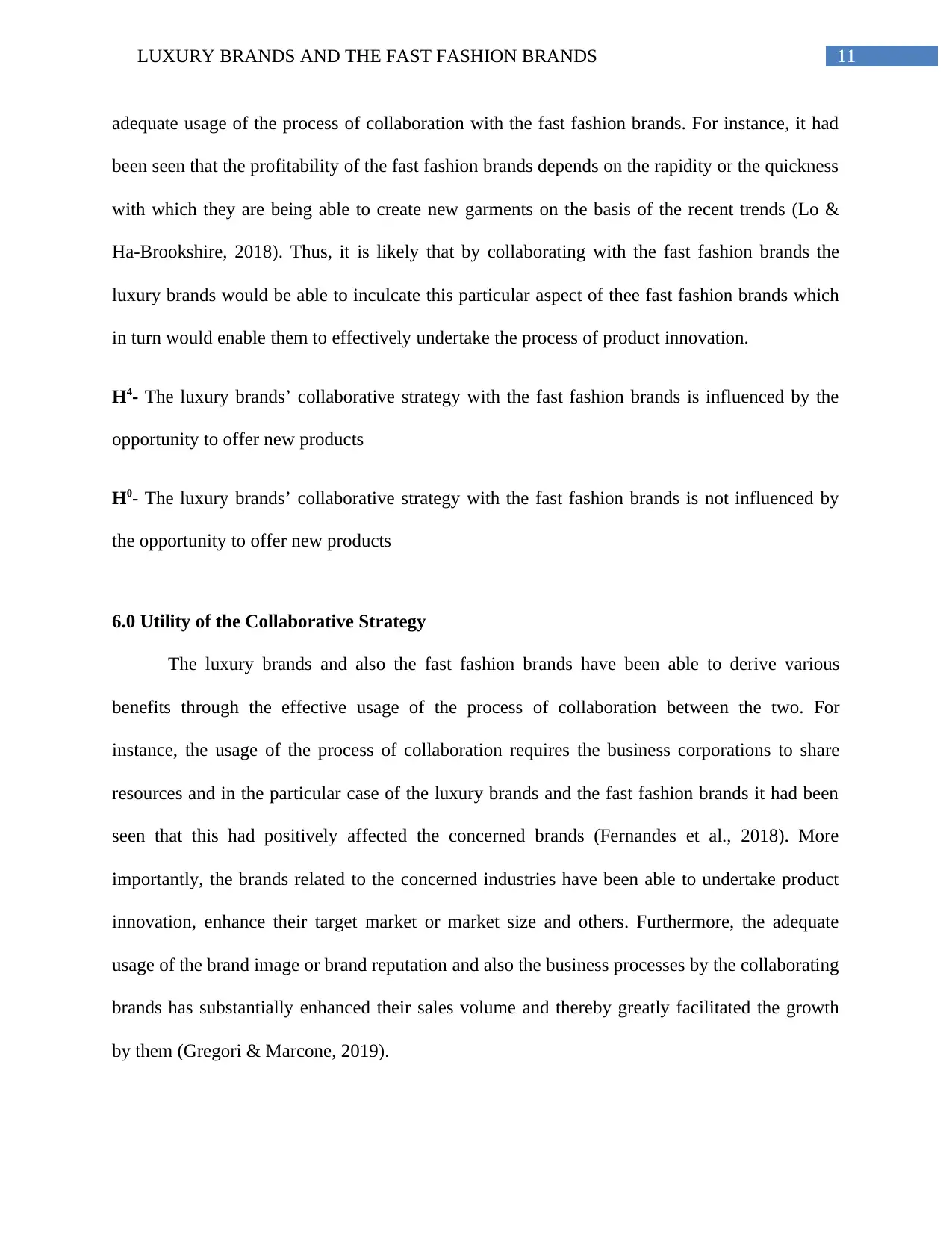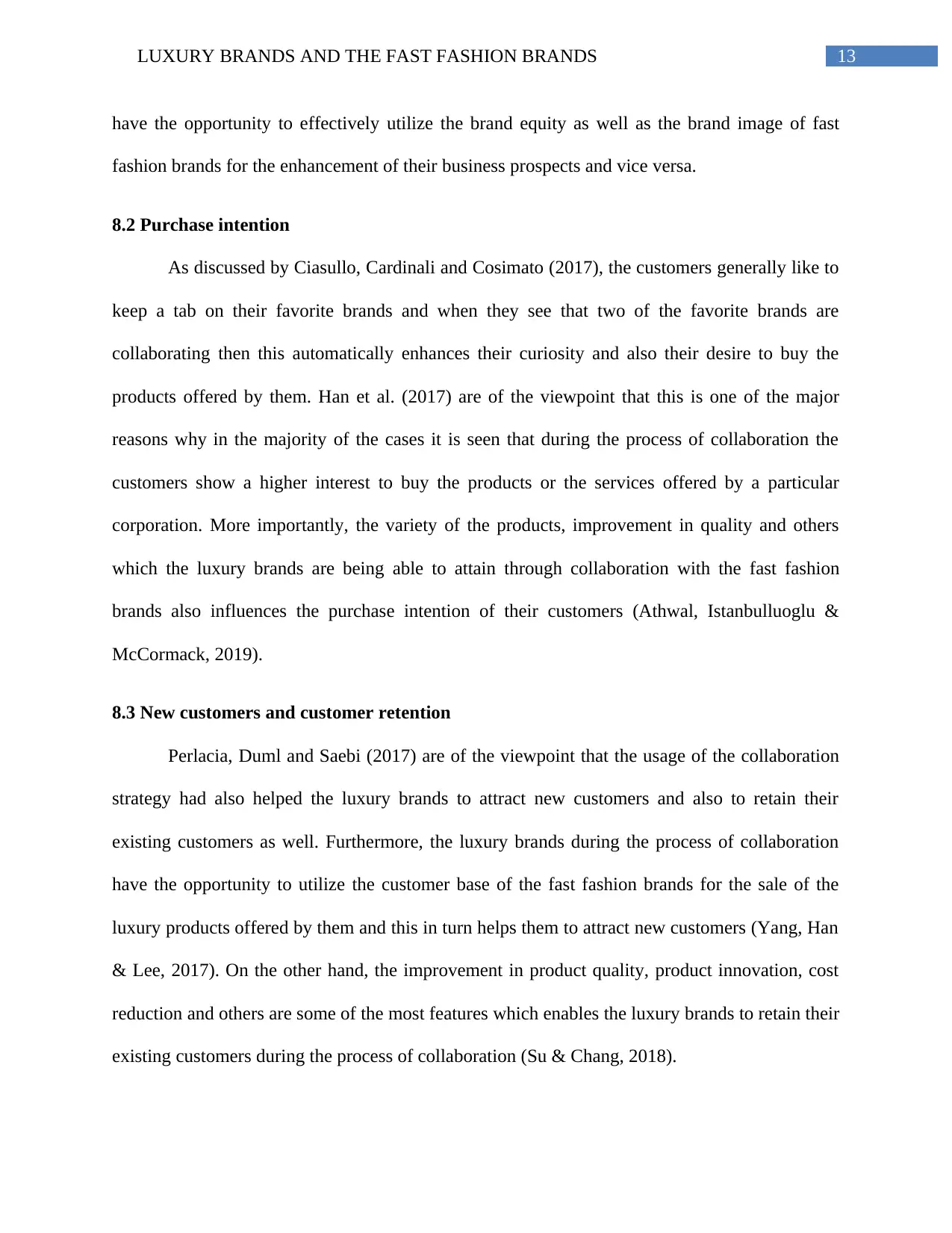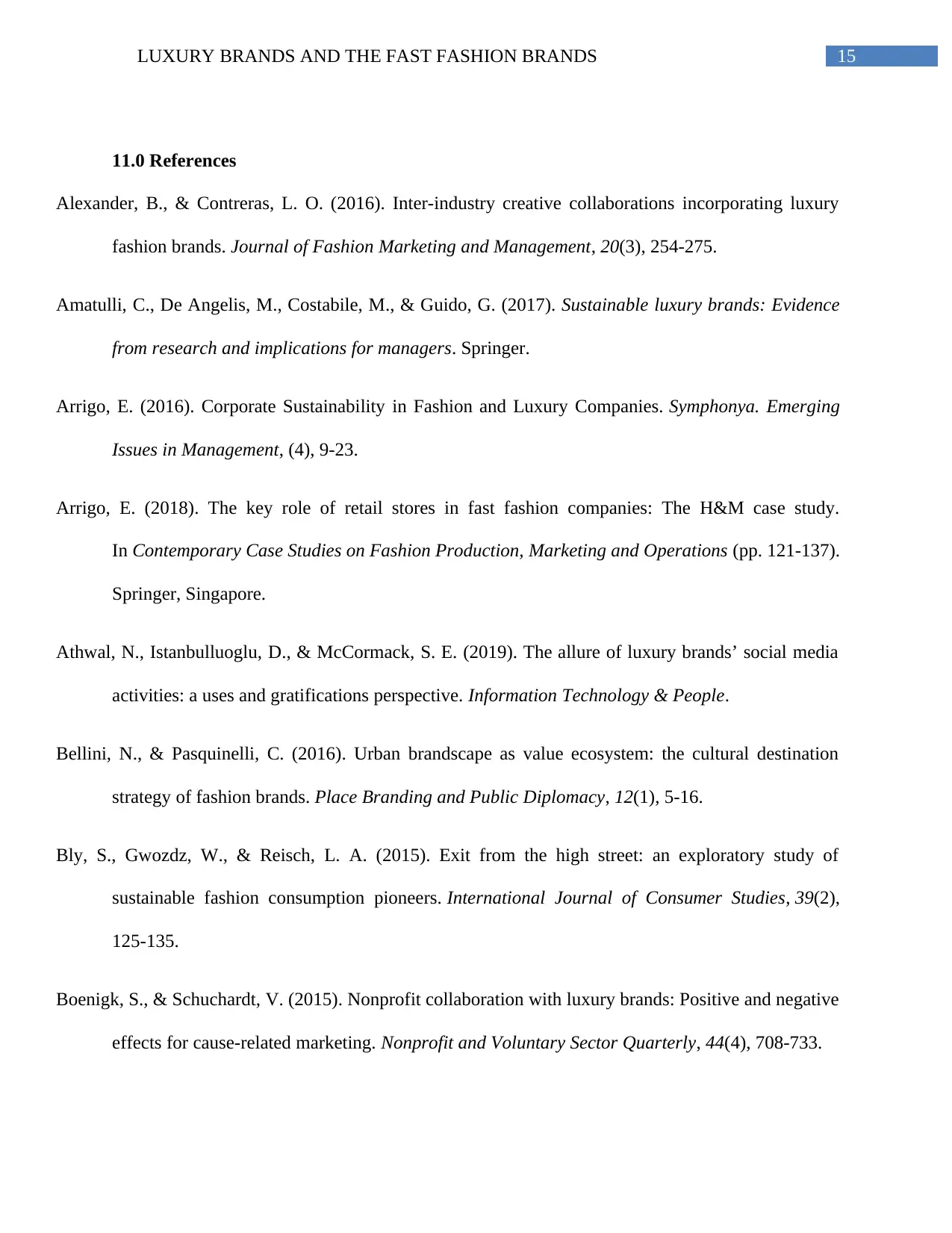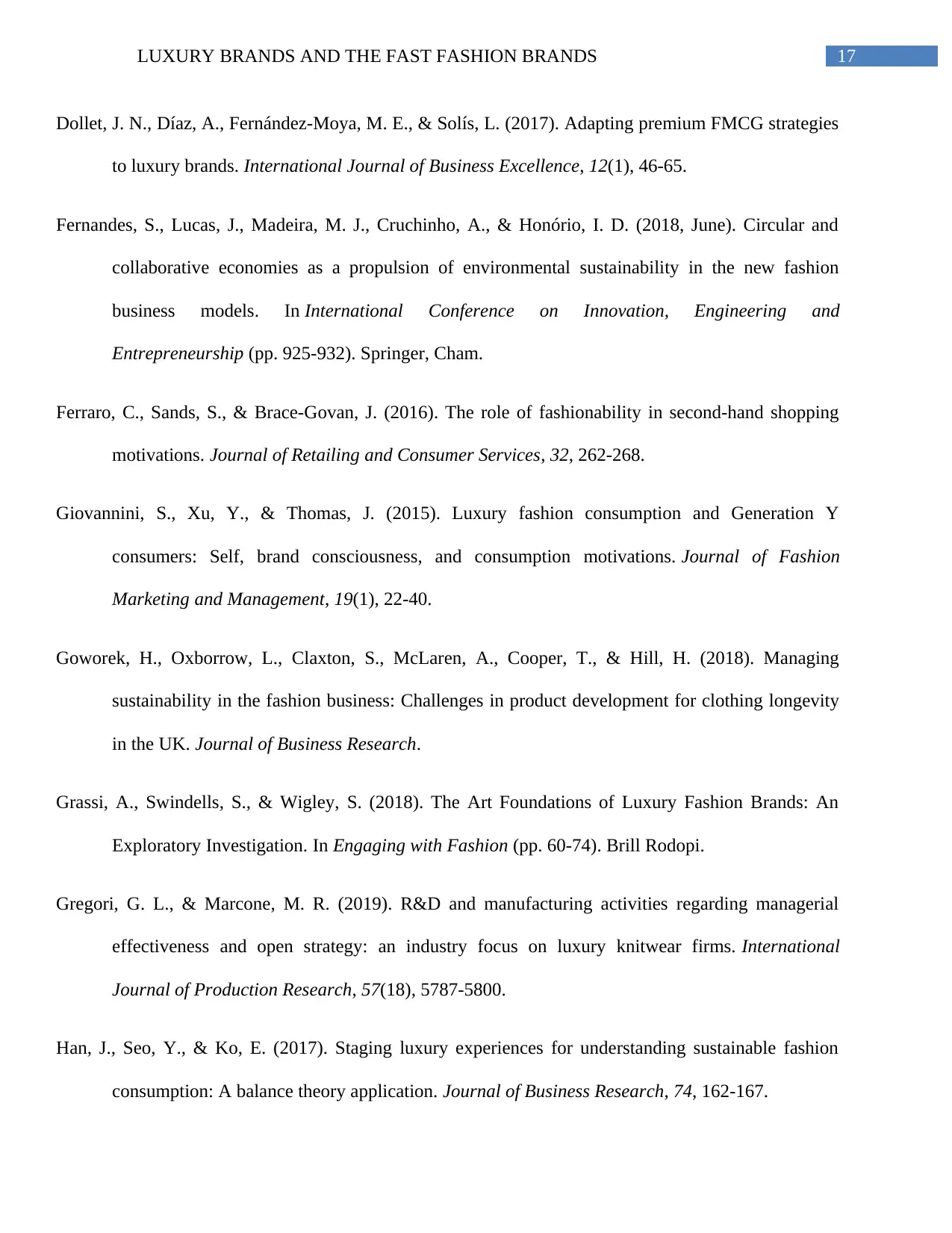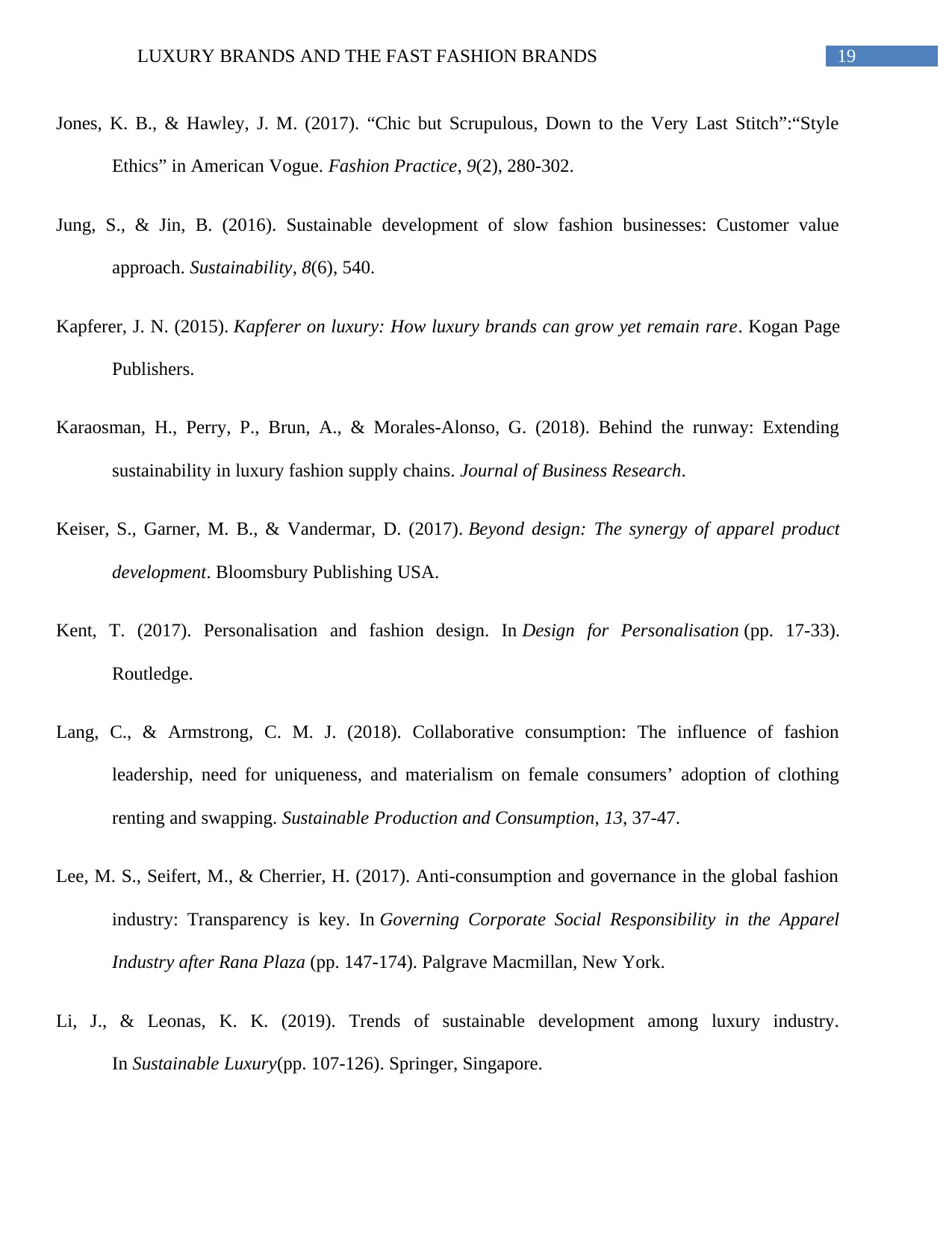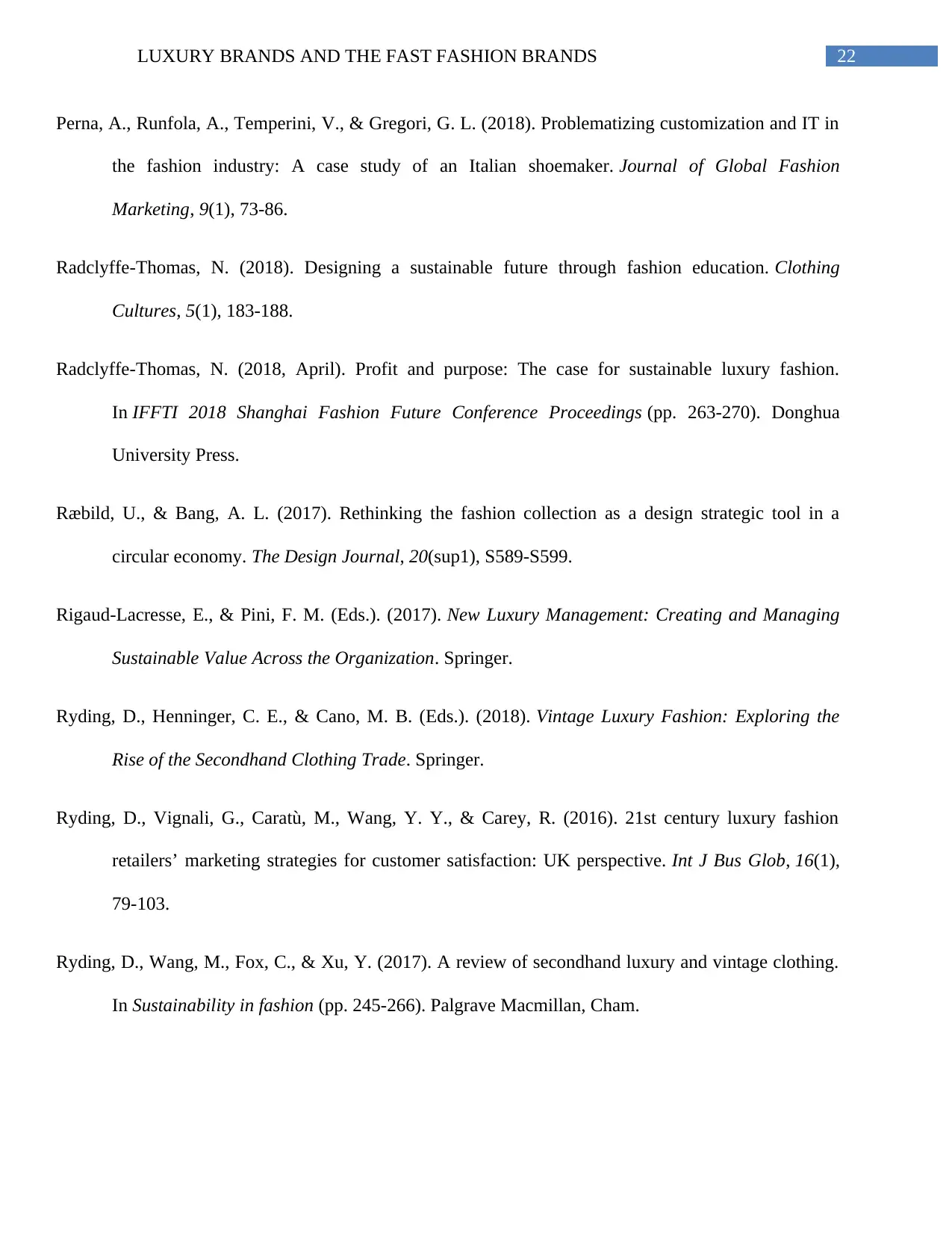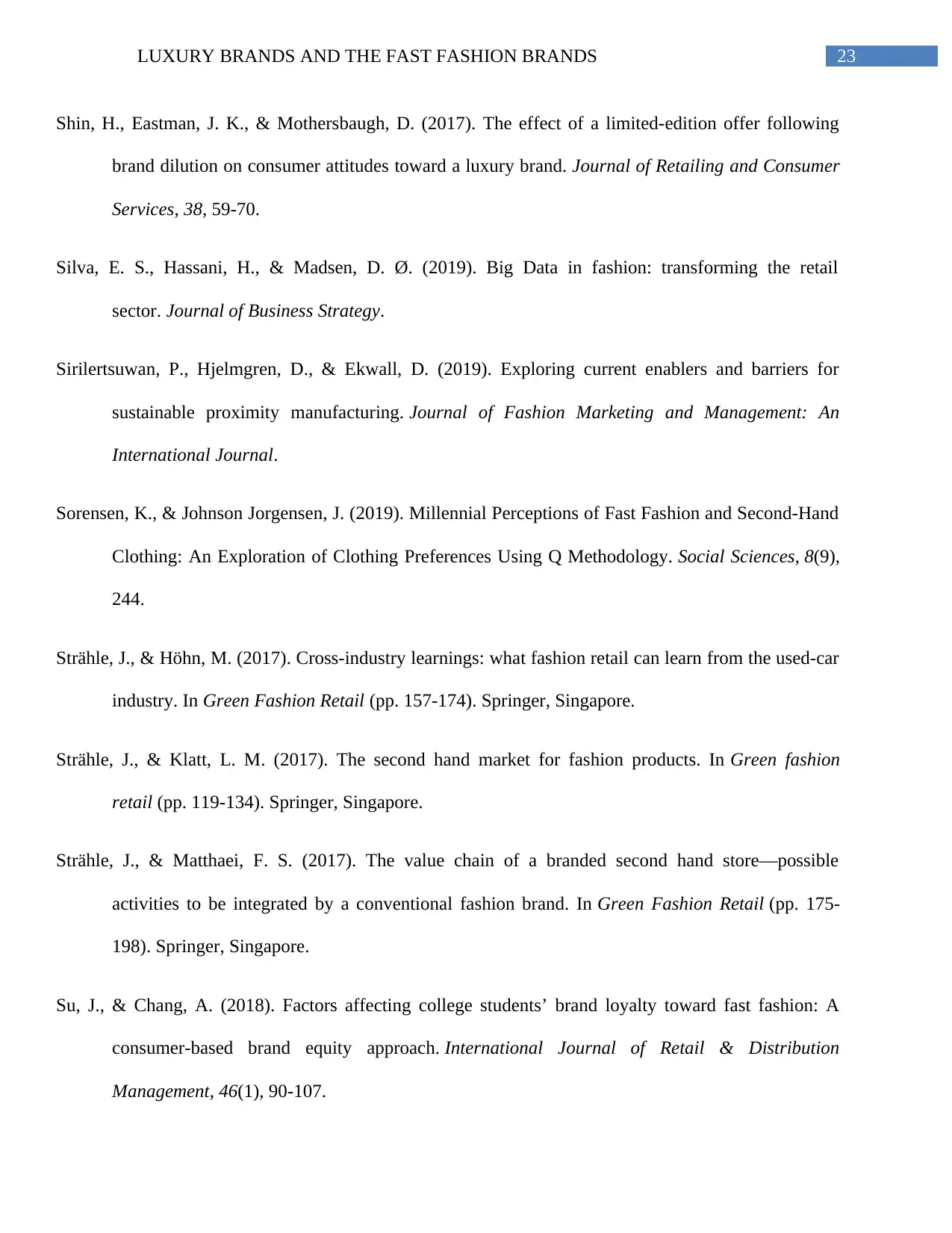Write the literature review of this thesis topic Capsule collection: when Luxury brands meet the fast fashion industry The main research question is: What are the motives behind the luxury brands collaboration strategy with the fast fashion industry? Underlying questions Q1: What is the reason behind the collaborative strategy of luxury brands and fast fashion brands? Q2: How can co-branding increase purchase intention in the fashion industry? Q3: How can co-branding increase brand equity and brand awareness in the fashion luxury industry ? I) Two distinct industry a. Fast fashion b. Luxury industry c. Other II) The strategy of collaborating a. Definition b. Utility c. How to put the strategy into place? III) Capsule collections : impact a. Brand Equity and brand awareness b. Purchase intention c. New customers and customer retention Write 4 hypothesis
![[object Object]](/_next/static/media/star-bottom.7253800d.svg)
![[object Object]](/_next/static/media/star-bottom.7253800d.svg)
